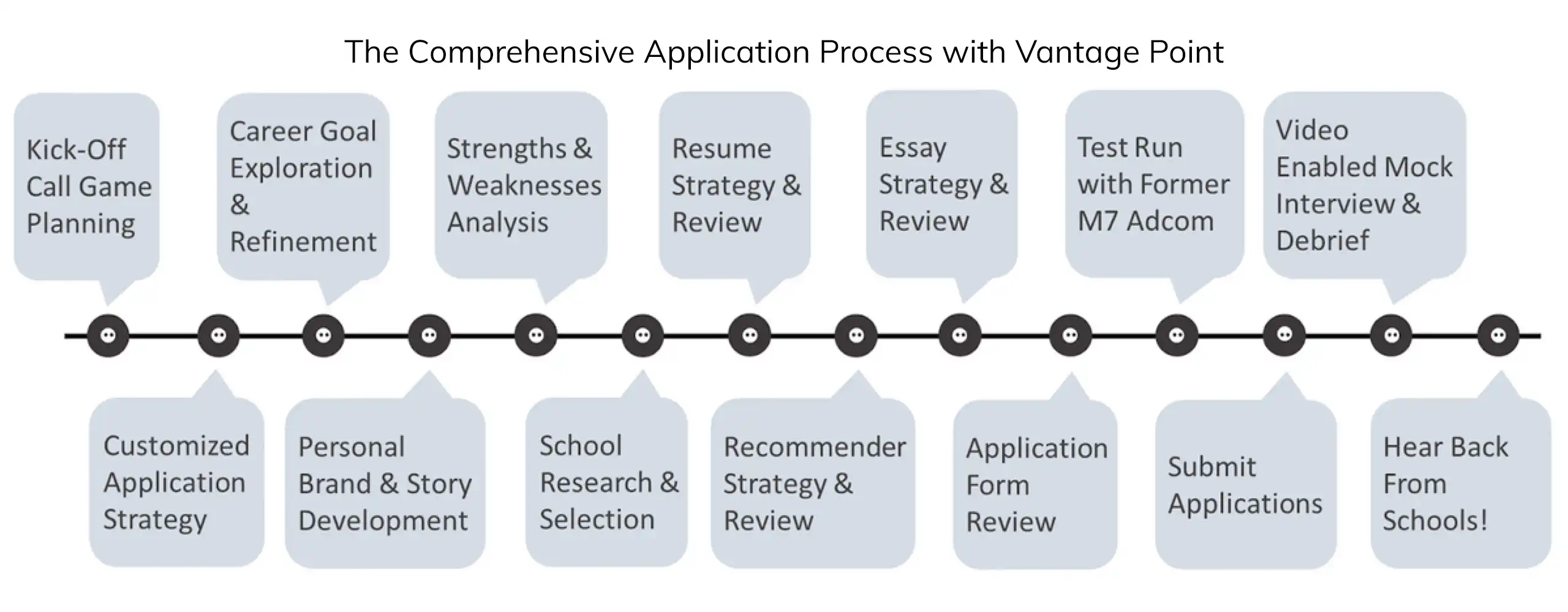How To Stand Out In The Wharton TBD
First of all, if you were invited to interview with Wharton, congrats! You’re one step closer to getting accepted. You might wonder what your odds are from here. Well, Wharton interviews roughly half of all applicants, but only accepts one in five. So, they’re looking to cut the interview pool by slightly more than half.
You have probably read about the unique interview format – the Team Based Discussion. For 35 minutes, you and 4-5 other applicants will be observed discussing a case study that has been provided to you in advance. Each interviewee gives a one-minute ‘pitch’, the group discusses the best path forward, and then presents its solution to the observers (typically two second-year students). After the Team Based Discussion, you will have a fairly straightforward one-on-one interview, roughly 10 minutes in length, with one of the two observers. You’ll be asked fairly standard questions such as “why Wharton?” and “why MBA?”.
Aside from drafting and practicing your one-minute pitch, preparing for this interview is tough, as you won’t know the group dynamics in advance and will have to adapt as the dialogue progresses. Our clients have shared a range of experiences, from ones that are very collaborative to others that are more competitive and combative.
Begin by thinking about what the admissions committee is looking to assess: (1) are your ideas logical, (2) can you communicate them articulately, and (3) do you ‘play well with others’ and move the discussion to a better place than it would have been if you were not part of the group. With that in mind, consider the following:
- Practice, practice, practice.
Your opening ‘pitch’ is the one element of the Team Based Discussion over which you have control. Really think through the ideas you’d like to present and practice verbalizing them. Focus on the “why” behind your ideas vs. getting hung up on too many specifics. One minute is short. Don’t get cut off simply because you didn’t run through your pitch in advance. Practice it, then practice it again – out loud.
- Think ahead.
Think back to meetings or team settings that have been particularly successful, why were they this way and how can you replicate the dynamic? If there is a leader in your workplace that always seems to drive the group to a solution, how does he/she do this? On the contrary, what counter-productive behaviors have you witnessed in these settings? Don’t exhibit them!
In addition, take note of how you would like to act and react in various scenarios during the group discussion. What should you do if the group gets too far off topic? Would you like to be the one to bring everyone back to the task at hand? Or how will you react if one participant is taking over the discussion? Remember, the goal is for the group to arrive at a solid (note that I did not say perfect) solution and look good doing it.
- Be open and adaptable.
Unfortunately, you don’t have control over how the discussion plays out. You can demonstrate teamwork and collaboration in a number of ways: draw ideas out of someone who has been quiet, ask thought-provoking questions about a proposed solution, synthesize multiple viewpoints to help the group reach a conclusion. These are tools in your toolbox and the key to success is using them at the right time (and doing so tactfully). This is far more important than having the group choose your idea / pitch.
Lastly, as you’re going through the discussion, jot down an observation or two about how the group worked together. Candidates are often asked how they thought it went in the one-on-one portion. You want to share something more insightful than ‘I thought it went well’ and this can be tough to do on the spot.
Prepare, be yourself, and relax! As always, we are here if you need more targeted coaching or advice! Simply request an initial consultation and we’ll reach out to schedule a call.





Pingback: How To Stand Out In The Wharton TBD | The GMAT Club
February 17, 2020 9:00 pm